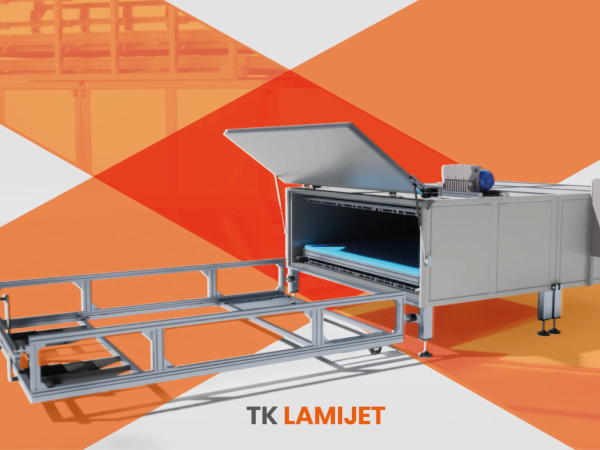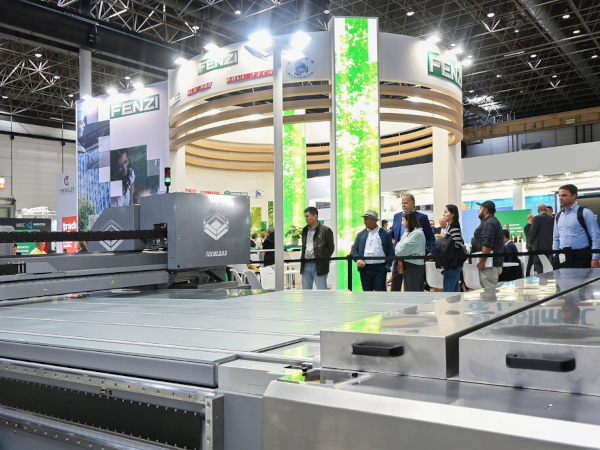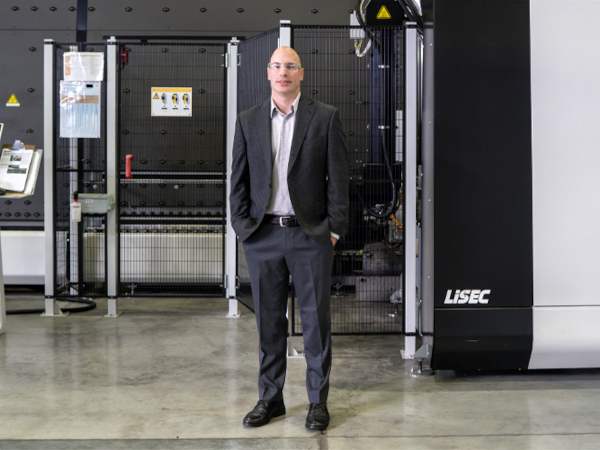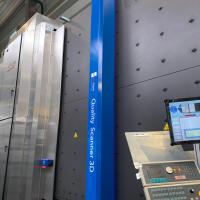Date: 22 October 2015
Suitably formulated, the resulting product is able to shield those who are required to utilise some source of ionising radiation in order to perform their job.While, for instance, the brief exposure that is experienced by a patient during a typical radiological examination is sufficient for the task, it is not enough to result in damage to healthy tissue and any residual radiation is dispersed naturally.The effect, however, is a cumulative one and so those tasked with operating this type of equipment routinely are faced with a much higher risk of adverse mutagenic effects. X-ray glass provides a high level of protection for the operator, while also allowing him or her to maintain a clear view of the patient throughout the duration of the examination.
While a standard radiogram of the chest, the abdomen or a limb entails only a brief exposure to the beam of high-energy electrons, newer procedures, such as Computer Aided Tomography, the so-called CAT scan, entail prolonged and repeated exposure to radiation during the procedure. This means that both an adequately high level of protection for the operator and continuous oversight of the patient, in case he or she may show signs of distress, are even more important. So how is X-ray glass able to achieve this?
Most will be familiar with the use of lead shielding as a means to protect the body from the side effects of ionising radiation, whether produced by an electron beam or by nuclear disintegration. It is commonly employed in the form of the lead-filled, rubber aprons worn by radiologists and radiotherapists. Less obvious but certainly no less effective, the combination of clear visibility with the ability to obstruct the penetration of various forms of ionising radiation, including gamma rays, is produced by the inclusion of a up to 60 percent of more lead oxide in the basic substrate. The result of this fusion is a specialised X-ray resistant glass that, despite its exceptional anti-radiation qualities, is still able to transmit around 90 percent of the ambient light.
A leader in its class, the Schott product known as RD50® meets all of the major performance standards as defined by the EU, the International Electro-technical Commission and the German Institute of Standardisation. It is suitable for use not just in radiology departments and radiotherapy suites, but also in research laboratories, nuclear plants and in virtually any location, application or apparatus that is seen to present the risk of exposure to ionising radiation. Because its thickness is minimal, it may be used in frames if required
This high-quality RD50® X-ray glass offers users the additional advantage of being far more resistant to scratching than is the case with the laminated plastic sheets sometimes used as an alternative, and is available in South Africa from Labotec Industrial Technologies.
With more than 50 years of experience in the supply of specialised vitreous products ranging from ceramic cooker tops and fireproof windows to the glass tubing used in the manufacture of test tubes and ampoules, we are widely regarded as one of the leaders in our field and the first choice for those sourcing X-ray glass.









Add new comment